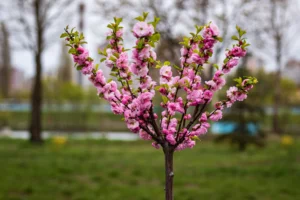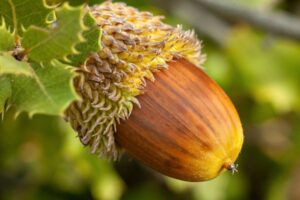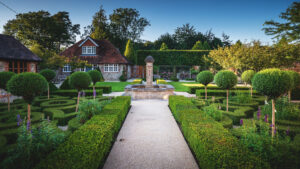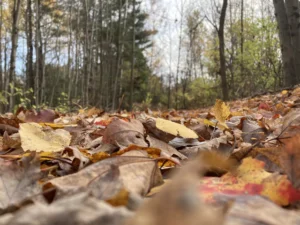Privacy Trees You Should Plant in Your Garden
Are you looking to create a natural barrier around your property that provides both beauty and privacy? Privacy trees are an excellent investment that can transform your outdoor space while increasing property value and enhancing your quality of life. Whether you’re looking to block unsightly views, reduce noise pollution, or simply create a more intimate garden space, the right selection of privacy trees can make all the difference.
Why Plant Privacy Trees?
Privacy trees serve multiple purposes in your landscape design:
- Natural screening from neighbors, busy streets, or unsightly views
- Noise reduction from traffic and surrounding activities
- Wind barriers to protect your garden and home
- Habitat creation for local wildlife
- Property value enhancement with mature, established landscaping
- Improved energy efficiency by providing shade in summer and windbreaks in winter
According to the U.S. Department of Agriculture Forest Service, strategically placed trees can reduce household energy costs by up to 25% (USDA Forest Service). Beyond energy savings, privacy trees create sanctuary-like spaces where you can truly enjoy your outdoor living areas without feeling exposed.
Best Fast-Growing Privacy Trees for US Gardens
When selecting privacy trees, growth rate is often a top consideration. Many homeowners want privacy solutions that won’t take decades to mature. Here are some of the fastest-growing privacy trees suitable for US gardens:
Thuja Green Giant
The Thuja Green Giant is one of America’s most popular privacy trees, and for good reason. This versatile evergreen can grow 3-5 feet per year once established, quickly creating a dense, uniform screen.
Key features:
- Growth rate: 3-5 feet per year
- Mature height: 40-60 feet
- Mature width: 12-20 feet
- USDA hardiness zones: 5-8
- Deer resistant: Yes
- Drought tolerant: Moderate
Thuja Green Giant requires minimal maintenance and remains lush and green year-round. Plant these trees 5-6 feet apart for a solid privacy screen within 3-4 years.
Leyland Cypress
Another excellent fast-growing option is the Leyland Cypress, which can grow 3-4 feet annually under ideal conditions.
Key features:
- Growth rate: 3-4 feet per year
- Mature height: 40-60 feet
- Mature width: 15-20 feet
- USDA hardiness zones: 6-10
- Deer resistant: Moderate
- Drought tolerant: Once established
Leyland Cypress creates a dense, feathery wall of blue-green foliage. Plant these 6-10 feet apart depending on how quickly you need coverage. Be aware that these trees can become quite large, so ensure you have adequate space.
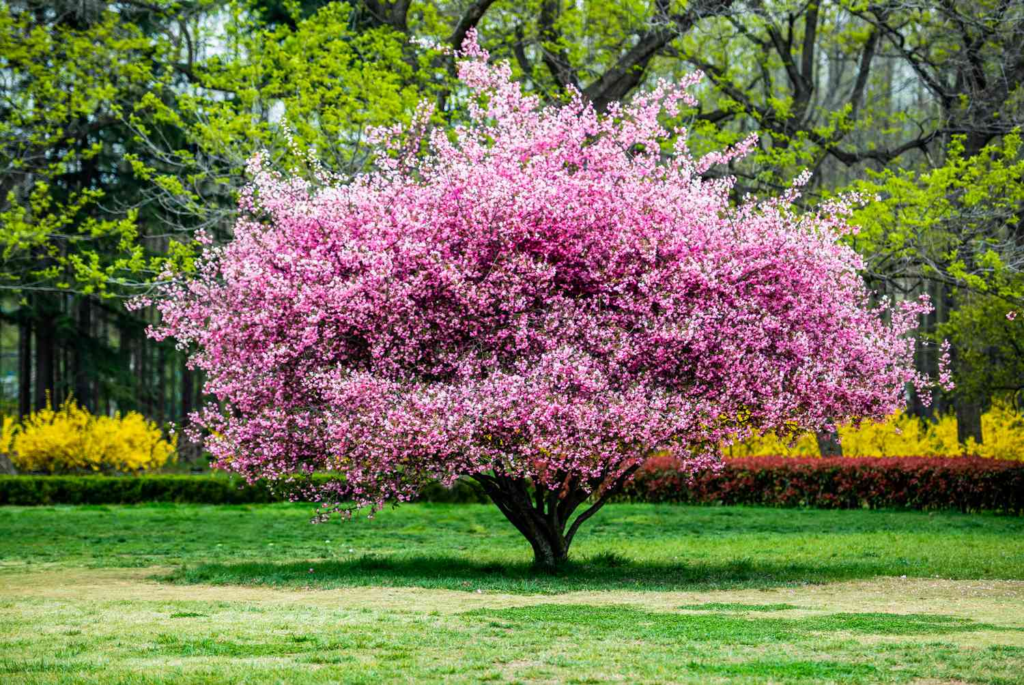
Emerald Green Arborvitae
For smaller yards or when a more moderate height is desired, the Emerald Green Arborvitae offers an excellent solution.
Key features:
- Growth rate: 1-2 feet per year
- Mature height: 12-15 feet
- Mature width: 3-4 feet
- USDA hardiness zones: 2-7
- Deer resistant: No
- Drought tolerant: Moderate
These columnar trees maintain their rich green color throughout the year and require very little pruning to maintain their shape. Plant them 2-3 feet apart for a dense hedge.
Evergreen vs. Deciduous Privacy Trees
When planning your privacy screen, one of the first decisions you’ll need to make is whether to use evergreen or deciduous trees—or a combination of both.
Evergreen Privacy Trees
Evergreen trees maintain their foliage year-round, providing consistent screening regardless of season.
Advantages:
- Year-round privacy
- Continuous noise reduction
- Winter wind protection
- Less seasonal cleanup
Popular evergreen privacy options:
- Italian Cypress
- Holly trees
- Norway Spruce
- Eastern Red Cedar
Deciduous Privacy Trees
Deciduous trees lose their leaves in fall but often provide beautiful seasonal color changes and allow more winter sunlight.
Advantages:
- Seasonal variety and interest
- Often faster-growing than evergreens
- Allow winter sunlight to warm your home
- Many flowering options available
Popular deciduous privacy options:
- Hybrid Poplar
- Autumn Cherry
- American Sweetgum
- River Birch
Regional Recommendations for Privacy Trees
The US spans multiple climate zones, and what thrives in one region may struggle in another. Here’s a breakdown of privacy tree recommendations by region:
Northeast
Cold-hardy options that can withstand harsh winters are essential.
- American Arborvitae
- Norway Spruce
- White Pine
- Red Maple (deciduous)
Southeast
Heat and humidity tolerance are key factors.
- Southern Magnolia
- Nellie Stevens Holly
- Wax Myrtle
- Crape Myrtle (deciduous)
Midwest
Trees need to handle both cold winters and hot summers.
- Eastern Red Cedar
- Norway Spruce
- River Birch (deciduous)
- American Sweetgum (deciduous)
Southwest
Drought tolerance is critical in these arid climates.
- Arizona Cypress
- Italian Cypress
- Desert Willow (deciduous)
- Chaste Tree (deciduous)
Pacific Northwest
Trees that can handle significant rainfall and milder temperatures.
- Western Red Cedar
- Leyland Cypress
- Incense Cedar
- Vine Maple (deciduous)
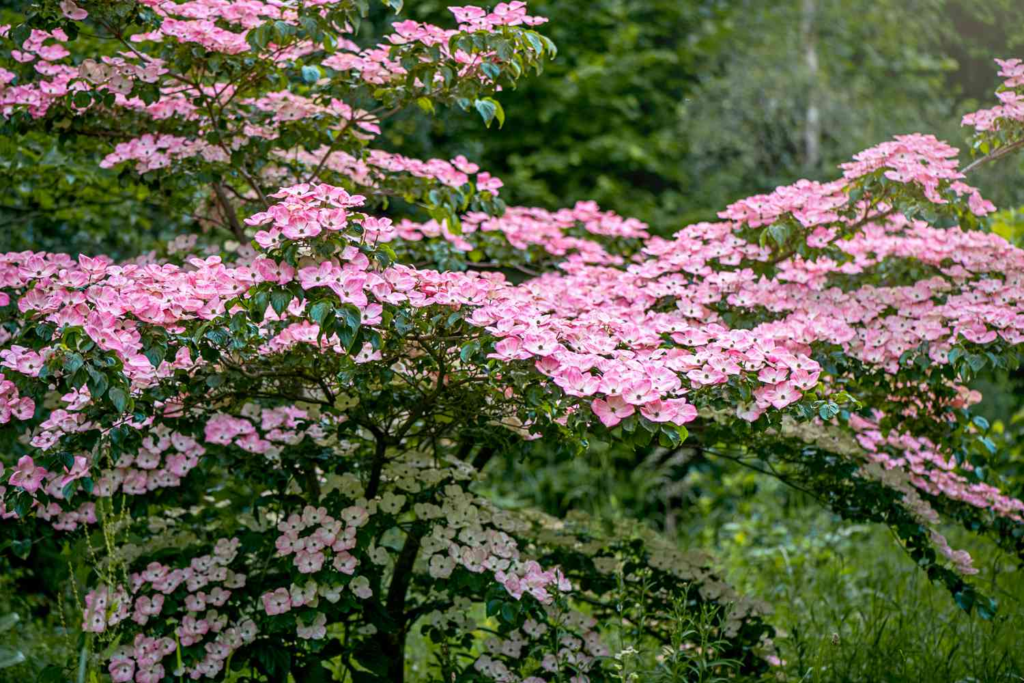
Comparison of Popular Privacy Trees
| Tree Species | Growth Rate (per year) | Mature Height | Width | USDA Zones | Sunlight Needs | Deer Resistant | Drought Tolerant |
|---|---|---|---|---|---|---|---|
| Thuja Green Giant | 3-5 feet | 40-60 feet | 12-20 feet | 5-8 | Full to partial sun | Yes | Moderate |
| Leyland Cypress | 3-4 feet | 40-60 feet | 15-20 feet | 6-10 | Full to partial sun | Moderate | Yes, once established |
| Emerald Green Arborvitae | 1-2 feet | 12-15 feet | 3-4 feet | 2-7 | Full to partial sun | No | Moderate |
| Italian Cypress | 2-3 feet | 40-60 feet | 3-5 feet | 7-11 | Full sun | Yes | High |
| Norway Spruce | 1-2 feet | 40-60 feet | 25-30 feet | 2-7 | Full to partial sun | Yes | Moderate |
| Southern Magnolia | 1-2 feet | 60-80 feet | 30-40 feet | 6-10 | Full to partial sun | Yes | Moderate |
| Eastern Red Cedar | 1-2 feet | 40-50 feet | 8-20 feet | 2-9 | Full sun | No | High |
| Hybrid Poplar | 5-8 feet | 40-50 feet | 30 feet | 3-9 | Full sun | No | Low |
How to Plant Privacy Trees for Maximum Effect
The placement and planting technique of your privacy trees can significantly impact their health and effectiveness as a screen. Follow these steps for the best results:
Planning Your Privacy Screen
- Measure your space: Determine the length of the area where you need privacy.
- Consider mature size: Factor in the full-grown width and height of your chosen species.
- Check for obstacles: Note the location of underground utilities, septic systems, and overhead wires.
- Assess sun exposure: Monitor how much sunlight the planting area receives throughout the day.
- Determine spacing: Most privacy trees should be planted at a distance equal to 1/2 to 2/3 of their mature width for optimal coverage.
The Environmental Protection Agency recommends planting trees at least 10 feet away from building foundations and 5 feet from septic tanks or fields (EPA).
Proper Planting Technique
- Dig a hole twice as wide as the root ball but no deeper than the root ball height.
- Remove the container or burlap carefully without disturbing the roots.
- Position the tree with the root flare slightly above ground level.
- Backfill with native soil, avoiding amendments that might discourage roots from spreading.
- Water thoroughly after planting and apply 2-3 inches of mulch, keeping it away from the trunk.
- Stake only if necessary in very windy locations, removing stakes after one growing season.
Spacing Guidelines
For a quick privacy screen, plant trees closer together than their mature width would typically dictate. However, be aware that this may require more maintenance as they grow:
- Fast-growing columnar varieties: 3-4 feet apart
- Medium-width evergreens: 5-8 feet apart
- Wide-spreading varieties: 10-15 feet apart
Maintaining Your Privacy Trees
Proper maintenance ensures your privacy trees remain healthy and effective at providing screening.
Watering Requirements
Newly planted trees require regular watering until established, typically for the first two growing seasons:
- First month: Water deeply 2-3 times per week
- Months 2-3: Water deeply 1-2 times per week
- Established trees: Water during dry periods, especially evergreens before winter
According to the National Association of Landscape Professionals, deep watering that reaches the entire root zone is more effective than frequent, shallow watering that may encourage surface roots.
Pruning Guidelines
Different privacy trees have different pruning needs:
- Conifers (Arborvitae, Cypress, Spruce): Minimal pruning required; best limited to removing dead or diseased branches
- Broadleaf evergreens (Holly, Magnolia): Prune after flowering or in early spring
- Deciduous trees: Prune during dormancy in late winter before new growth appears
Never remove more than 1/4 of the tree’s foliage in a single year, as this can stress the tree and reduce its effectiveness as a screen.
Fertilization
Most privacy trees don’t require heavy fertilization:
- Apply a slow-release, balanced fertilizer in early spring
- Follow package directions for application rates based on tree size
- Avoid fertilizing after mid-summer to prevent tender new growth before winter
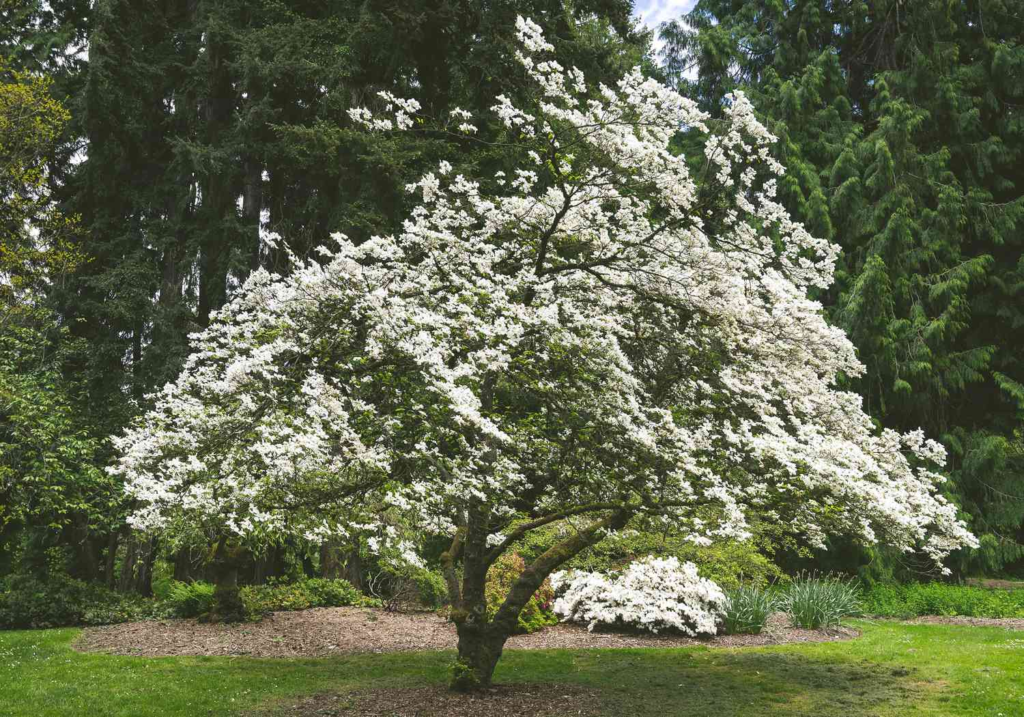
Common Issues with Privacy Trees and Solutions
Even the hardiest privacy trees can encounter problems. Here’s how to address common issues:
Pest Problems
- Bagworms: Common on arborvitae and junipers; handpick bags or use Bacillus thuringiensis as a biological control
- Spider mites: Look for fine webbing and stippled foliage; spray with insecticidal soap or horticultural oil
- Borers: Watch for sawdust-like frass and exit holes; consult an arborist if detected
Disease Concerns
- Root rot: Prevent by ensuring proper drainage before planting
- Needle/leaf blight: Remove affected branches and improve air circulation
- Canker diseases: Prune out affected areas during dry weather
Environmental Stress
- Winter burn: Protect evergreens from drying winter winds with burlap screens or anti-desiccant sprays
- Drought stress: Apply mulch to retain soil moisture and water deeply during dry periods
- Salt damage: Avoid planting privacy trees near roads treated with de-icing salts or create protective barriers
Enhancing Your Privacy Screen
While privacy trees form the backbone of your natural screen, you can enhance both the functionality and aesthetics with thoughtful additions:
Layered Planting Approach
Create depth and interest by planting in layers:
- Tall background trees: Your primary privacy screen
- Mid-height shrubs: Planted in front to fill gaps and add texture
- Perennials and ornamental grasses: For seasonal color and additional lower-level screening
Mixed Species Benefits
Planting a variety of tree species rather than a single type offers several advantages:
- Disease resistance: Prevents catastrophic loss if one species is affected by disease
- Extended seasonal interest: Different flowering times, fall colors, or berry production
- Biodiversity support: Provides varied habitat and food sources for wildlife
- Visual interest: Creates a more natural, less regimented appearance
Conclusion
Privacy trees are a worthwhile investment in your property that provides immediate benefits and appreciates in value over time. By selecting the right species for your region, planting properly, and maintaining them appropriately, you can create a beautiful living boundary that enhances your outdoor living experience.
Before making your final selection, consult with local nurseries or your county extension office for specific recommendations tailored to your microclimate and soil conditions. With proper planning and care, your privacy trees will serve as an attractive, functional addition to your landscape for decades to come.
Remember that the best time to plant a tree was twenty years ago, but the second-best time is today. Start your privacy screen project now to enjoy the benefits sooner rather than later.

